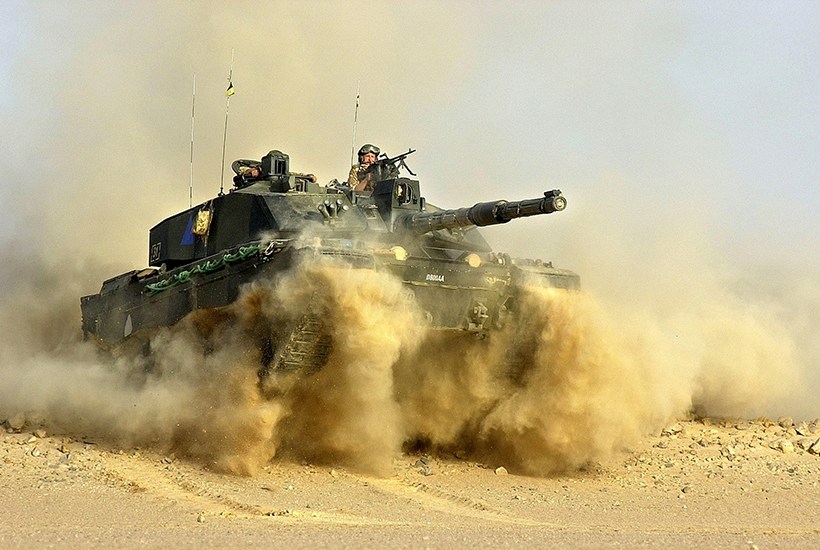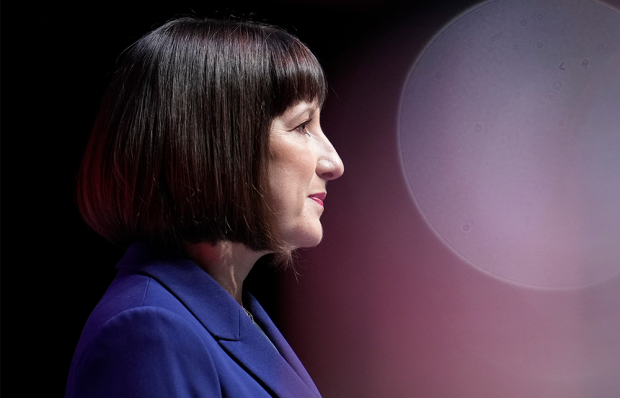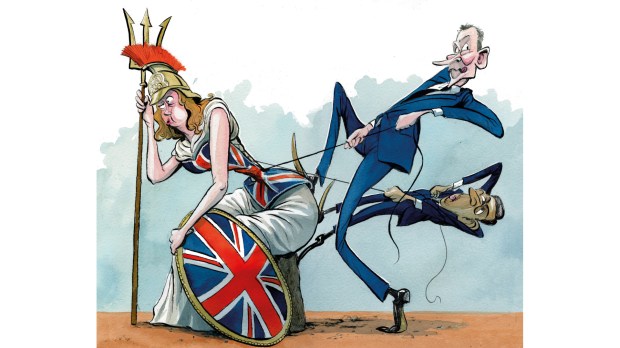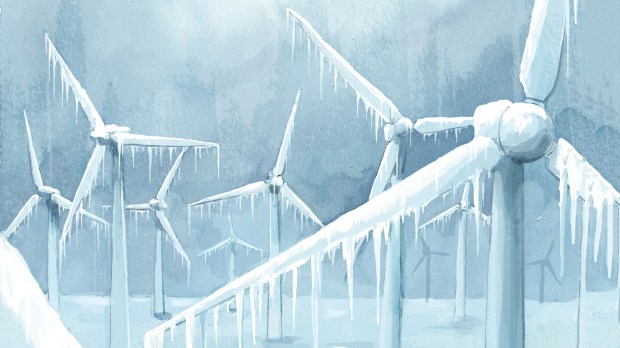That an abundance of tanks is no guarantee of a happy and secure nation was evident from the Soviet Union’s annual May Day parades through Red Square. A more controversial point is whether Britain can remain a serious military power without any working tanks. The government is reportedly considering, as part of its promised defence review, mothballing the country’s entire fleet of Challenger 2 tanks in order to save money and invest in evolving forms of military technology such as cyber and space warfare. This has raised the ire of some military figures, such as the former chief of the general staff General Lord Dannatt, who this week described the suggestion as ‘very dangerous’ in the face of renewed aggression from Moscow. Others have pointed out that putting away our tanks — even if they might still be available in an emergency — would make us less useful on the Nato battlefield than countries like Poland and Hungary.
One thing is for sure: something has to give. The Prime Minister’s promise last September of an above-inflation 2.6 per cent rise in core defence spending now looks in doubt given the enormous costs of fighting Covid-19. The furlough scheme alone has cost almost as much as the Ministry of Defence’s annual £40 billion budget. Unlike the Budget, the Spending Review cannot be delayed — so all government spending is being reviewed now, and defence cannot consider itself immune. Politically, the government will find it much harder to go back on a prestige project like HS2 than to cancel or delay a rise in defence spending. The military is an easier political target.
It is also true that the requirements of military spending are changing, and that tanks and other armoured land vehicles are unlikely to play as big a role in 21st–century warfare as they did in the last century. A plodding steel box is no longer such a safe place to be, given the evolution of anti-tank weaponry. A greater need in the future is likely to be for more agile land vehicles. The government needs to be thinking beyond the type of operations seen in the Gulf Wars.
Perhaps the clearest indication we have of the government’s thinking on defence are the blogs written by the Prime Minister’s chief adviser, Dominic Cummings, before he entered government. Defence procurement, Cummings argued then, had become a ‘farce’ which continues ‘to squander billions of pounds, enriching some of the worst corporate looters and corrupting public life via the revolving door of officials/lobbyists’. He was especially scathing of Britain’s two new aircraft carriers, predicting that at some point in future ‘a teenager will be able to deploy a drone from their smartphone to sink one of these multi-billion-dollar platforms’.
Now that Cummings has been seconded on to the defence review, his critics fear that the future of the military is in his hands. In truth, any country reviewing its military will have the same conundrums, asking if technology has rendered old kit obsolete. But while future warfare will evolve in ways we can scarcely imagine now, it would be foolish to underplay the need for traditional military hardware. It is not just a case of thinking 20 years ahead — we need also to be thinking about how we would respond if Vladimir Putin were to roll his tanks across the Estonian border tomorrow.
A vague, futuristic programme for space battles would not be of great use in that instance. Whether tanks would be as effective in battle now as they have been in the recent past is one thing, but it is also true that potential enemies will be looking for any sign of weakness they might exploit. A strong battlefield capability is as important a deterrent as nuclear weapons. Tanks do not need to be deployed to serve a purpose.
Part of the government’s plans, already being discussed among Nato it seems, is for Britain to roll back on land forces in order to specialise in other areas of defence where we already have a lead, such as air defence. That makes some sense, yet it would be politically dangerous to scale back our land forces too far. Under Donald Trump, the US has been quite open about its dwindling patience at propping up European defences. Last year, just nine out of 28 Nato members reached the target of spending at least 2 per cent of their GDP on defence — and several of those countries, such as Romania, Bulgaria and Estonia, do not have the largest of GDPs. Cutting back the army would be a false economy if it became the trigger for the US to slash its forces in Europe.
It is a mark of the frivolity of contemporary politics that Britain has expended more energy this week agonising over whether or not to sing ‘Rule, Britannia’ at the Last Night of the Proms than it has debating our ability to patrol the seas around our own shores. As a medium-sized country with a medium-sized economy, even our two aircraft carriers leave us short of dominating the oceans. For a long time, soft power has been a better route to punching above our weight. But there is still a role for hard power — and it is one we should be careful to maintain as we pursue the competing aims of saving money and preparing for warfare in the future.
Got something to add? Join the discussion and comment below.
Get 10 issues for just $10
Subscribe to The Spectator Australia today for the next 10 magazine issues, plus full online access, for just $10.
You might disagree with half of it, but you’ll enjoy reading all of it. Try your first month for free, then just $2 a week for the remainder of your first year.














Comments
Don't miss out
Join the conversation with other Spectator Australia readers. Subscribe to leave a comment.
SUBSCRIBEAlready a subscriber? Log in